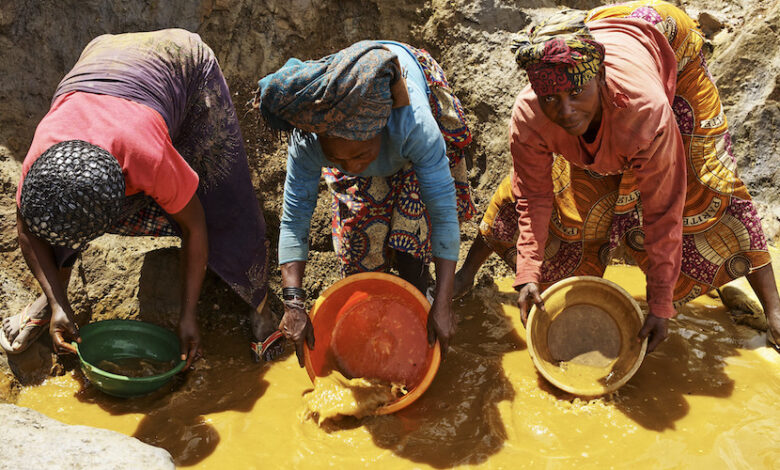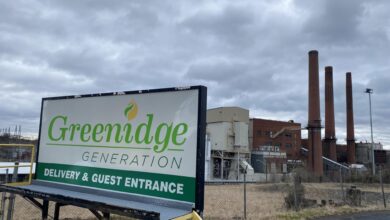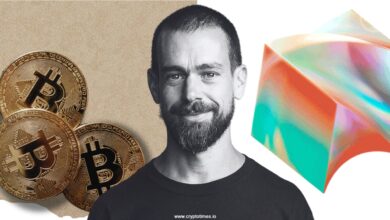Why artisanal miners need a digital investment market

London-based Blended Capital Group, non-profit Capitals Hub Canada, Amsterdam-based Capitals Coalition, and Colombia’s Responsible Mining Alliance plan to develop an online marketplace to help the mining and micro- and small-scale sector. The goal is to create significant financial, social, environmental and economic value.
Artisanal mining is currently 85% informal, largely made up of miners who do not have strong management and operate on the margins or outside of formal economies. Shifting miners towards stable, predictable and equitable employment relationships by strengthening management, access to finance and improving mining practices helps them succeed.
Suggested results:
- Monetary Value: Equipping and transporting miners to consistently controlled good practices can multiply productivity by up to five times depending on the situation and increase revenues;
- Social impacts: Formalization changes outcomes for miners and neighboring communities, enhancing commitment to human rights, gender equality, improved safety, and poverty alleviation;
- Environmental Benefits: Reforestation, biodiversity protection, and reduction of soil erosion and water pollution are promoted through the World Bank’s Smart Forest Mining standards that define good practices.
- Economic Growth: Stable, predictable and fair trade relations lay the foundation for sustainable development that can improve economies in mining vicinities. More broadly, the formalization of artisanal miners increases the supply of vital minerals. This facilitates the energy transition, while increasing the supply of gold, which is essentially a currency.
The bottom line is that financial value, as well as a variety of impacts, are associated with the formalization of artisanal mining. Unlocking this value and impact is supported by investor engagement across multiple categories.
Why the digital market?
Technology can democratize access to capital across the sector, providing a transparent mechanism to connect different categories of investors to artisanal mining opportunities. It also enables capital groups to bring together different types of investors.
Basically, different investor segments target opportunities based on their specific profiles. Some investors focus on traditional risk-weighted financial returns while others target a variety of social, environmental and economic impacts as well.
Since the characteristics of specific projects are transparently defined in an online context, investors focusing on different aspects of value can mix in ways that support projects in ways that individual investors cannot.
For example, the project may be funded by a combination of traditional value investors as well as some who focus on gender equality and reforestation. This combination enhances investment for both groups.
The digital market can also expand value in ways that miners may find impractical. One way is to link carbon and biodiversity credits to a project, which could make it more attractive to some investors.
Risks?
Investing in mining is always a risky business, and individual artisanal mining opportunities may come with risk profiles including political, geopolitical, conflict, social, corruption, value chain and geological risks.
Why is investment worthwhile in this context?
A portfolio of projects spanning multiple commodities, countries, and broader regions can mix risks in a way that minimizes their totality relative to the overall opportunities. Simply put, the productivity gains associated with intelligent selection of diverse projects outweigh the risks of individual projects. The blended whole outweighs the risks of individual projects.
As for the digital market itself, blockchain technology with its inherent security is the secure online backbone that prevents data security leaks or broader forms of corruption.
Transparency
A transparent market requires consistent standards that are clearly defined and continuously validated for individual opportunities.
Responsible mining and mining is based on the Fair Mined and CRAFT standards, both promoted by the Responsible Mining Alliance, a global initiative that encourages ethical practices in small-scale mining. There are also standards for smart forest mining to reduce deforestation and biodiversity loss.
Besides these standards for artisanal and small-scale mining, there is discussion on integrating artisanal and small-scale mining and mining standards more broadly. The intention is for a single set of standards to replace the separate efforts of the London-based International Council on Mining and Minerals, the Canadian Mining Association’s Toward a Sustainable Mining Framework, the World Gold Council’s Responsible Gold Mining Principles, and industry-adopted standards. Copper Mark Collection.
The Responsible Mining Ensure Initiative, based in Seattle, is another important example of what convergence might look like. Its unified multi-stakeholder standard has made important strides in integrating ASM relationships into its broader framework.
In summary
An investment market geared towards identified opportunities in artisanal and small-scale mining has the potential to unlock significant financial, social, environmental and economic value.
As this market matures, increased capital flows will support strategic growth in metals and gold production. This is good for mining and impact investors looking for compelling value and returns.
Rob Karpaty is a mining partner at The Blended Capital Group, a firm specializing in sustainable finance and business strategies with a focus on emerging markets. With a background in finance and impact investing, he combines financial returns with positive social and environmental outcomes.
https://www.mining.com/wp-content/uploads/2024/12/Artisanal-gold-miners-in-DRC.jpg




